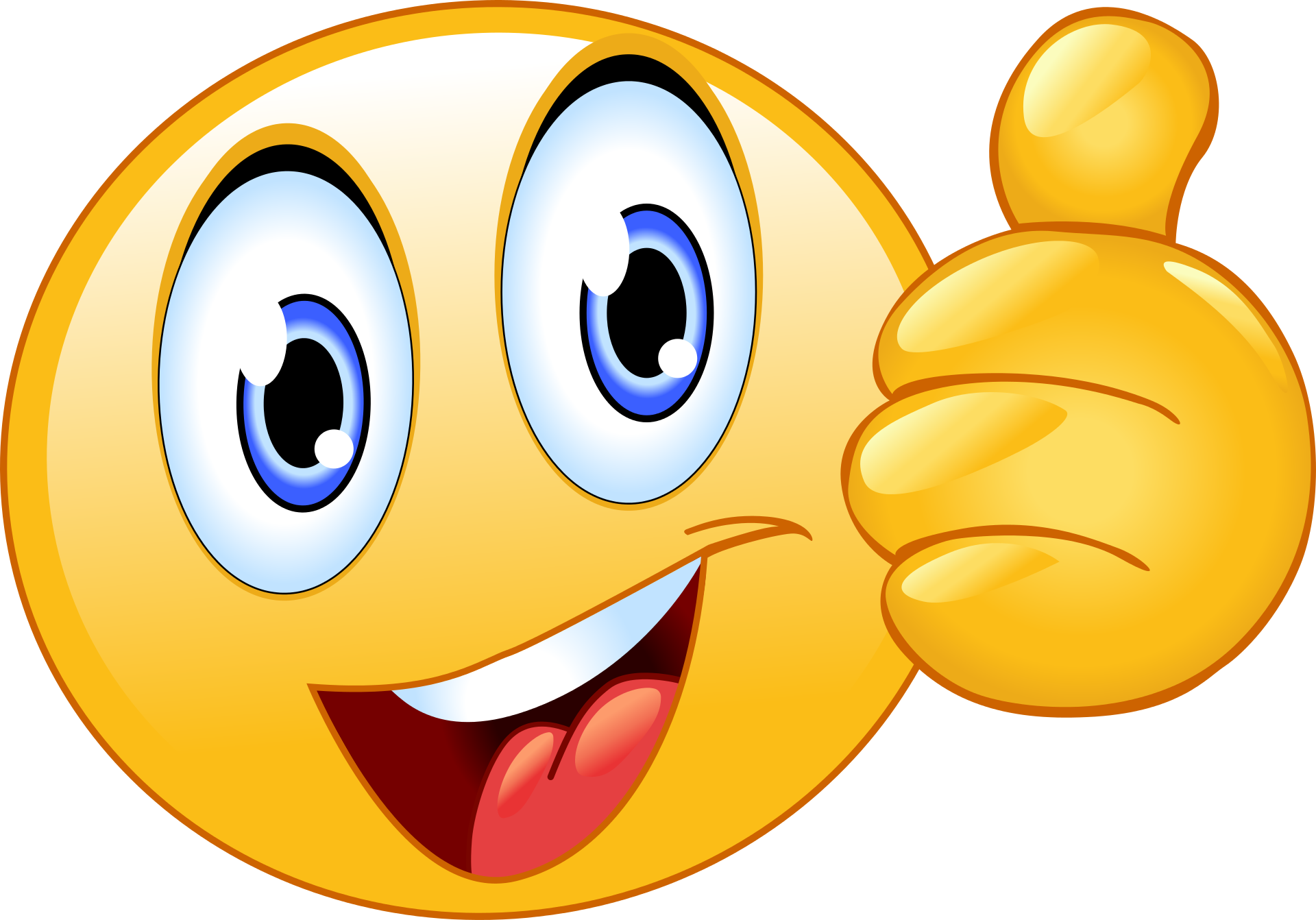Multidimensional Lexicon Of Emojis – Novel Approach To Evaluate Emojis
Emojismay make essential contributions to digital communications' emotional content and meaning.
However, academics do not currently have access to the necessary technology to include emojis in their analyses.
Rebecca Godard and her colleagues at the University of British Columbia developed a new technique to assess the emotional content of emojis dubbed the "Multidimensional Lexicon of Emojis (MLE)."
What Emoji Means?
Emojis are pictorial representations of emotions, objects, or symbols. Emoji may be found in current communication programs such as text messaging on your smartphone or social networking apps like Facebook, Instagram, Twitter, and Snapchat.
Despite its resemblance to terms like "emotion" and "emoticon," the word "emoji" is a Japanese portmanteau of two syllables: "e," which means "image," and "moji" which means "character."
Emoticons are popular on apps like Facebook and Snapchat, and they may be utilized in a variety of ways. Facebook allows you to use stickers, comments, or giant distinctive emoticons in the Messenger app to add emoticons to photos you submit.
Multidimensional Lexicon Of Emojis
The Multidimensional Lexicon of Emojis is an open-access tool that holds promise for those interested in conducting a comprehensive analysis of the emotional content of digital communication that incorporates emojis and goes beyond the dimensions of positivity and negativity. The Multidimensional Lexicon of Emojis is a tool that holds promise for those interested in conducting a comprehensive analysis of the emotional content of digital communication that incorporates emojis.
The Multidimensional Lexicon of Emojis is a tool that shows promise for individuals interested in undertaking a complete examination of the emotional content of digital communication that involves emojis.
Rebecca Godard and her colleagues constructed the Multidimensional Lexicon of Emojis over 17 months, utilizing over 3 million tweets from Twitter and the emotion ratings provided by 2230 human raters. They then verified their work.
This new set of words comprises 359 different standard emojis, each categorized according to one of 10 main aspects of emotion and sentiment.
Conclusion
The Multidimensional Lexicon of Emojis holds promise for those interested in conducting a comprehensive analysis of the emotional content of digital communication that incorporates emojis and extends beyond the dimensions of positivity and negativity.
This type of analysis would be possible with the help of the Multidimensional Lexicon of Emojis.
People Ask
Why Do People Use Emojis?
Emojis are an essential tool for conveying feelings, which words alone cannot do adequately.
However, neither the academic world nor any other setting that calls for a voice of objectivity accords any importance to their perspectives.
Emojis are intended to be humorous and lighthearted, and they are designed to effectively communicate a diverse variety of feelings in a manner that words cannot always do.
What Are The Disadvantages Of Using Emojis?
The following is a list of some of the problems that might arise while using emojis:
- They have the potential to seem unprofessional.
- Emojis don't always mesh well with the serious tone of a company's brand, and using them might make a business seem unprofessional.
- There are several emojis that do not render correctly. In other words, rather than seeing a heart, your clients may see a question mark or a large black box.
- It's possible that a company's emails will become less successful if they utilize emoticons in every single one. Customers are more likely to disregard these messages if they often appear in their inboxes.
What Is The Difference Between Emoticons And Emojis?
Emoticons are graphical symbols made out of punctuation marks, letters, and numbers that depict an emotion or mood (this is where the term "emoticon" originates from emotive icon).
Due to the limitations of our keyboard, most emoticons must be read sideways.
Emoji are a somewhat more modern innovation (from the Japanese e, "image," and moji, "character").
Unlike its predecessor, emojis are pictographs of faces, objects, and symbols.
Apple's emojis have a particular style: yellow cartoony faces with varied emotions, as well as families, buildings, animals, culinary things, mathematical symbols, and more.
So, if you come across a smiling face with a character from your computer keyboard, it's an emoticon.
An emoji is a minor cartoon character free of the constraints of punctuation, numerals, and letters.
